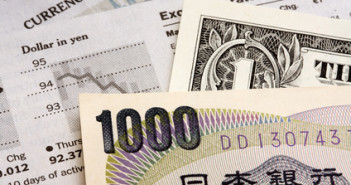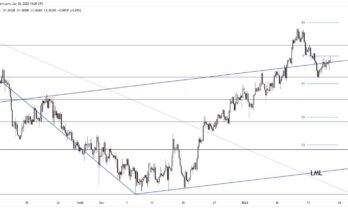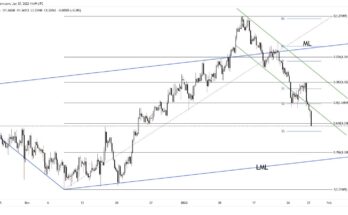The past 24 hours have seen some key moves in FX, most notably on the yen which has weakened further and taken USDJPY above the 106 level and more decisively above the tight range than has held so far this year. This could well bring some greater conviction to those pushing for a weaker yen, which has proved so elusive for most of the year to date. The Aussie has also been suffering, both during yesterday’s session and also during the Asia session. AUDUSD has broken down below the 0.92 levels and is currently at levels last seen late March. The Aussie has been pretty resilient over the past few months, but underneath there is a central bank that still views the currency as being over-valued, whilst there are signs that the currency is playing catch-up with some of the weakness seen in commodities during this month, especially iron ore, down nearly 6% so far. Data overnight has also shown consumer confidence weaker than expected.
For today, there are no major data releases for markets. Having said that, we are seeing a higher degree of both volatility and also more sustained trends in FX and this is creating better opportunities for those trading break-outs and bigger macro trends. The dollar index (DXY) has been rising for the previous 8 weeks, whilst we’ve seen key breakouts on the Aussie, yen, with modest reversals seen on the euro and also sterling in wider downtrends against the dollar. Volatility has risen significantly, looking at the CVIX (Deutsche Bank implied volatility index), which has risen to levels last seen in March of this year. On sterling, implied volatilities are at levels last seen 13 months ago on the 3 month measure. This is mostly down to the impending referendum on Scottish independence, which remains too close to call. Sterling has actually recovered over the past 24 hours, but this comes after a strong decline on the back of the turn in polls over the weekend, so volatility is likely to remain at least until the end of next week.
Further reading:
euro
AUDUSD



